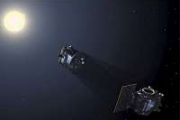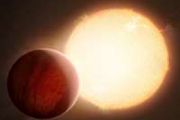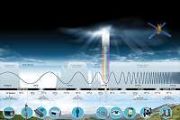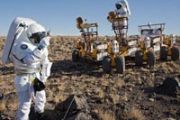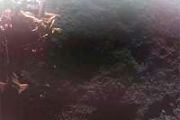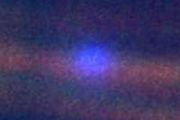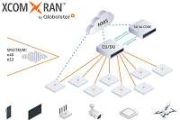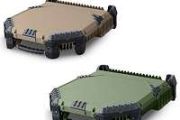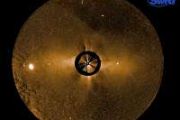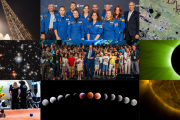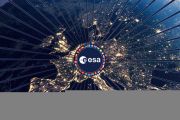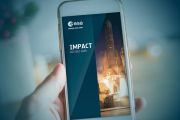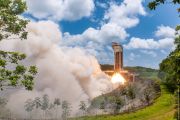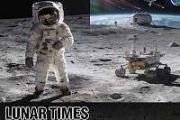
Copernical Team
Students design a mission to Venus on the cheap
This request seems a bit unusual, so we need to confirm that you're human. Please press and hold the button until it turns completely green. Thank you for your cooperation!
Press and hold the button
If you believe this is an error, please contact our support team.
185.132.36.159 : 2b329c5b-43e0-4422-a3ab-923fbd6e
A mission that could reach Mercury on solar sails alone
This request seems a bit unusual, so we need to confirm that you're human. Please press and hold the button until it turns completely green. Thank you for your cooperation!
Press and hold the button
If you believe this is an error, please contact our support team.
185.132.36.159 : ed4dc84f-63e3-49c8-853e-76757b88
Four space tourists return to Earth after a private flight over the poles
This request seems a bit unusual, so we need to confirm that you're human. Please press and hold the button until it turns completely green. Thank you for your cooperation!
Press and hold the button
If you believe this is an error, please contact our support team.
185.132.36.159 : 6e13278d-3ba6-4378-9e9a-ebbc7511
Blue Origin plans an all-female space flight—but astronaut memoirs reveal the cost of being exceptional
This request seems a bit unusual, so we need to confirm that you're human. Please press and hold the button until it turns completely green. Thank you for your cooperation!
Press and hold the button
If you believe this is an error, please contact our support team.
185.132.36.159 : 033f7d7d-c0c5-4ed1-952b-4ec97286
The International Space Station is too clean—what does that tell us about how to co-exist with bugs on Earth?
This request seems a bit unusual, so we need to confirm that you're human. Please press and hold the button until it turns completely green. Thank you for your cooperation!
Press and hold the button
If you believe this is an error, please contact our support team.
185.132.36.159 : 12844951-144b-4916-8c72-a7e07120
Gateway lunar space station's first habitation module arrives in U.S.
This request seems a bit unusual, so we need to confirm that you're human. Please press and hold the button until it turns completely green. Thank you for your cooperation!
Press and hold the button
If you believe this is an error, please contact our support team.
185.132.36.159 : b698c788-7a83-4747-8c40-d39db5d8
A US-Russian crew of 3 arrives at the International Space Station
This request seems a bit unusual, so we need to confirm that you're human. Please press and hold the button until it turns completely green. Thank you for your cooperation!
Press and hold the button
If you believe this is an error, please contact our support team.
185.132.36.159 : 53b1c933-a654-4397-bc79-0a79e202
ESA links with Japan for speedy and secure communications

People will communicate up to a thousand times faster using high-capacity optical links between satellites, thanks to a partnership agreed today between the European Space Agency (ESA) and the Space Compass Corporation in Japan.
Weather, climate and air quality missions on display
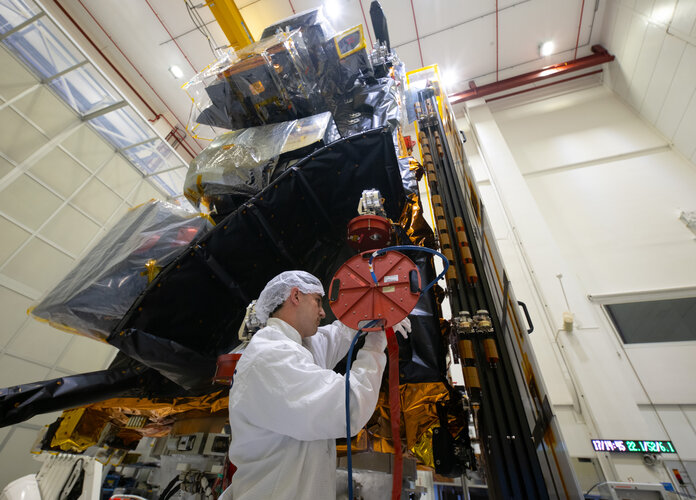
The first of the new generation of MetOp satellites, MetOp-SG Satellite-A, together with the instrument for the Copernicus Sentinel-5 mission, are now ready to be shipped to their launch site. But before the last leg of their terrestrial journey, they were on display to the media at Airbus’s facilities in Toulouse, France.
Moon tools to the test at LUNA
 Image:
Moon tools to the test at LUNA
Image:
Moon tools to the test at LUNA 







